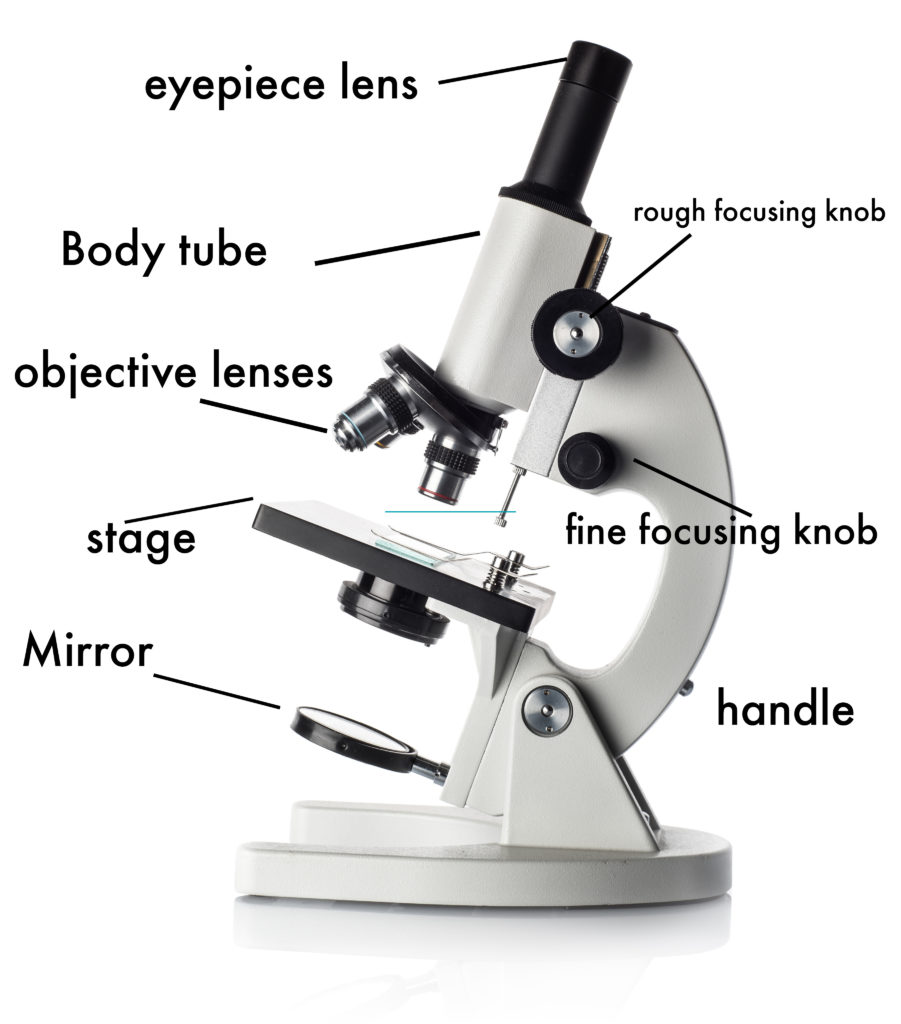Microscope Parts Drawing
Microscope Parts Drawing - The common types of microscopes are: What is a light microscope? There are two major optical lens parts of a microscope: The part that is looked through at the top of the compound microscope. Before exploring microscope parts and functions, you should probably understand that the compound light microscope is more complicated than just a microscope with more than one lens. Eyepiece (ocular lens) with or without pointer: Connects the eyepiece to the objective lenses. It is used to observe things that cannot be seen by the naked eye. Web without these components working in perfect harmony, scientific discoveries ranging from studying cells to examining microorganisms would not be possible. Web labeling the parts of the microscope | microscope world resources.
There are three structural parts of the microscope i.e. Compound microscope definitions for labels. It is used to observe things that cannot be seen by the naked eye. Eyepiece (10x) and objective lenses (4x, 10x, 40x, 100x). What is a light microscope? Use this with the microscope parts activity to help students identify and label the main parts of a microscope and then describe their functions. Learn about the size and function of plant and animal cells for gcse biology, aqa.
Web there are three major structural parts of a microscope: The most familiar kind of microscope is the optical microscope,. Web in this interactive, you can label the different parts of a microscope. The part that is looked through at the top of the compound microscope. A microscope is one of the invaluable tools in the laboratory setting.
The upper part of the microscope that houses the optical elements of the unit. Before exploring microscope parts and functions, you should probably understand that the compound light microscope is more complicated than just a microscope with more than one lens. What is a light microscope? Learn about the size and function of plant and animal cells for gcse biology, aqa. This article delves into the symphony of microscope parts, exploring how each component plays a vital role in scientific discovery. Parts of a powell and leland microscope diagram
Web a microscope is an optical instrument used to magnify an image of a tiny object; There are three structural parts of the microscope i.e. Web what are the parts of a microscope? Is used to view samples that are not visible to the naked eye. Teach your pupils all about the eyepiece lens, what the stage does, what.
Web table of contents. Is used to view samples that are not visible to the naked eye. Always lift a microscope by holding both the arm and base with two hands. Eyepiece (ocular lens) with or without pointer:
Before Exploring Microscope Parts And Functions, You Should Probably Understand That The Compound Light Microscope Is More Complicated Than Just A Microscope With More Than One Lens.
Always lift a microscope by holding both the arm and base with two hands. Web table of contents. Supports the tube and connects it to the base. This activity has been designed for use in homes and schools.
The Main Parts Of A Microscope That Are Easy To Identify Include:
Revolving nosepiece (turret) rack stop. Is used to view samples that are not visible to the naked eye. Diagram of parts of a microscope. Web the 16 core parts of a compound microscope are:
The Most Familiar Kind Of Microscope Is The Optical Microscope,.
Web parts of a microscope. There are two major optical lens parts of a microscope: Learn about the size and function of plant and animal cells for gcse biology, aqa. Knobs (fine and coarse) 6.
Web There Are Three Major Structural Parts Of A Microscope:
Web use this handy microscope diagram with labels cut and stick worksheet to consolidate your ks3 biology class' learning of the key parts of a microscope. The upper part of the microscope that houses the optical elements of the unit. Black marker (optional) draw a microscope printable pdf (see bottom of lesson) the goal is to complete a drawing of a microscope by creating each part one part at a time. The bottom of the microscope, used for support.







